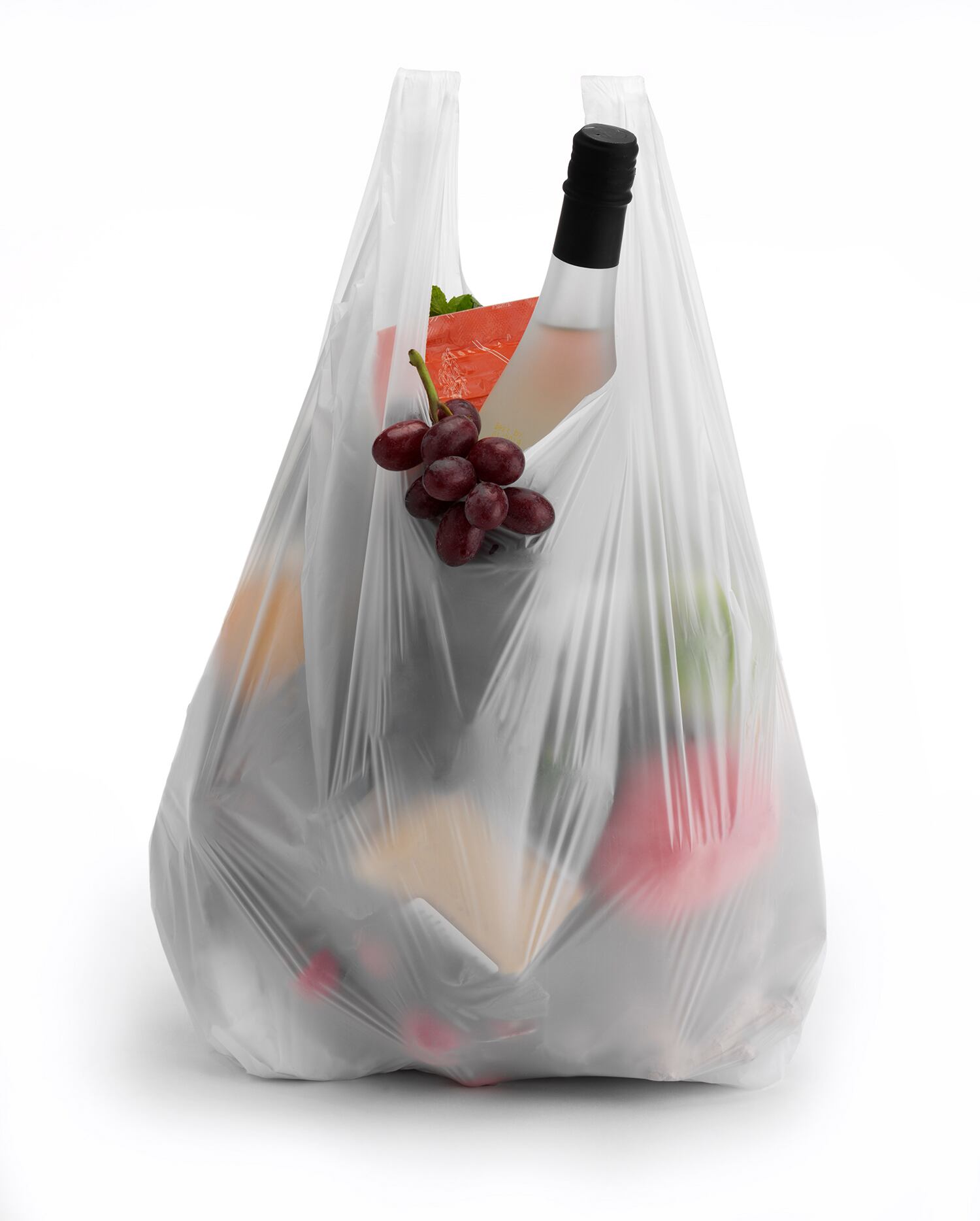The coatings have a good resistance and durability to moisture and are biodegradable in anaerobic digester facilities, which are used for reprocessing food and organic waste.

'Performance focused'
Bob Engle, vice president, Biopolymers, Metabolix, told FoodProductionDaily it has started to see more of a shift of the biopolymers market from ‘green’ to ‘performance’ focused.
“This means that while the environmental benefits of products are still important, what customers are most interested in are the advantages that biopolymers can bring to their products, whether they are biobased or not,” he said.
“We have found that PHAs, which are 100% biobased, also function as excellent modifiers for a number of other plastics, from PVC to PLA.
“This has enabled us to develop products that function first as additives, improving strength, toughness, or flexibility, but can also replace a number of non-biobased additives in our customers’ formulations.
“This has a number of added benefits, for example in PVC, reducing the migration of plasticizers to the surface and the aging effects that result from loss of the plasticizers into the environment.”
The company creates sustainable products for the plastics and chemicals industries including biobased, biodegradable and/or compostable packaging applications and biobased performance additives.
Two compostable film grades
It recently developed two compostable film grades, Mvera B5010 and Mvera B5011. The Mvera B5010 film grade resin is designed for compostable bag and film markets and Mvera B5011, introduced in November 2013, is a certified film grade resin that was designed as a transparent option for the compostable film and bag market.
The product provides characteristics such as tear and puncture toughness, seal strength, and a balance of strength and stiffness.
“These new products were developed in response to the evolving compostable bag market,” added Engle.
“This particular market is growing as brand owners and retailers are motivated by regulatory and consumer demand to produce bags that are compostable and environmentally friendly. These bags are viewed as viable replacements for polyethylene-based plastic bags.
“Compostable bags are the single-largest application use for compostable materials. The driver for this market is the ongoing need to reduce and eliminate organics (food scraps and yard waste) from municipal waste streams and landfills.”
He said the firminitially targeted the compostable plastic bag market with its Mvera product line, but recently expanded its application targets.
“Both film grades have been proven to process well on existing blown film equipment. Their performance meets the usual technical requirements of the bags and films industries including puncture resistance, tear propagation resistance, printability, and seal strength,” added Engle.
Landfill space
Speaking about emerging markets, Engle said there is a lot of promise for bio-materials around the world especially where populations are growing the fastest as supply of limited natural resources including landfill space become scarce and costly, and the need for recycling becomes proportionally important.
However, the regulatory, economic and social drivers however, for investing in infrastructure and adopting recycle practices vary significantly across the regions.
In regard to trends, he added in the US, there is an evolving trend towards diverting food and other organic waste matter out of landfills.
“This trend comes on the heels of the successes in recycling plastic and paper wastes. Some states and cities have already implemented requirements for businesses of a certain size to ensure organic waste diversion,” he said.
“Often starting with restaurants, grocers and food processors, the food production industry has to innovate to find ways to reuse, recycle or reprocess these waste streams.
“In some communities, this is extending into the private sector as curbside collection of home food waste is included with the other (plastic, paper, glass) recycle streams.
“This means new infrastructure and systems are being developed to collect, haul, sort and reprocess these organic waste materials. Most communities are evaluating composting and/or anaerobic digestion facilities as a means to reprocess organic waste into a value added product – either to compost or to biogas.”
